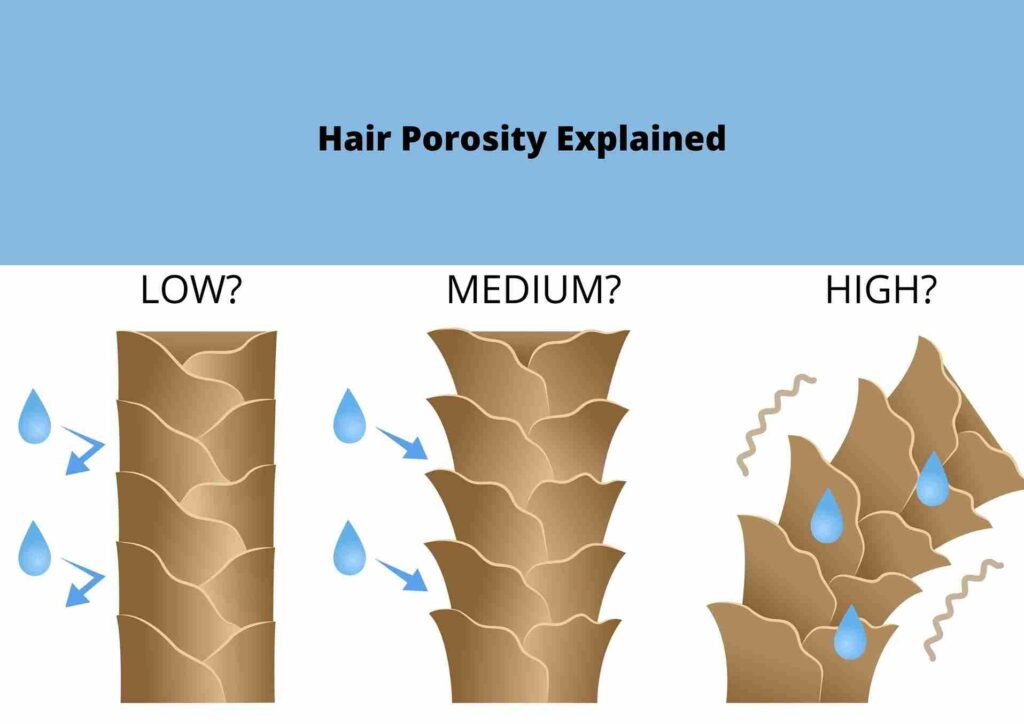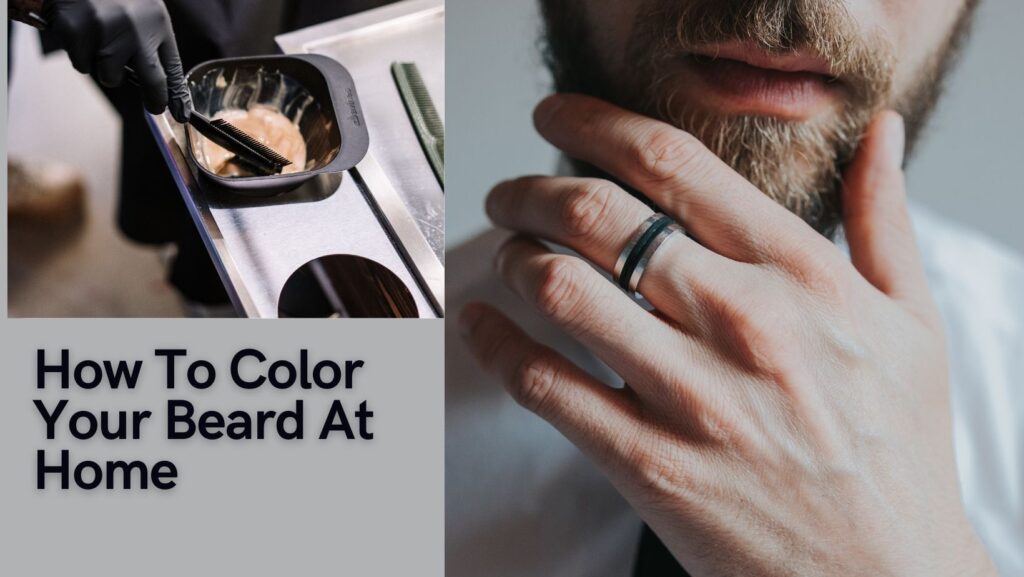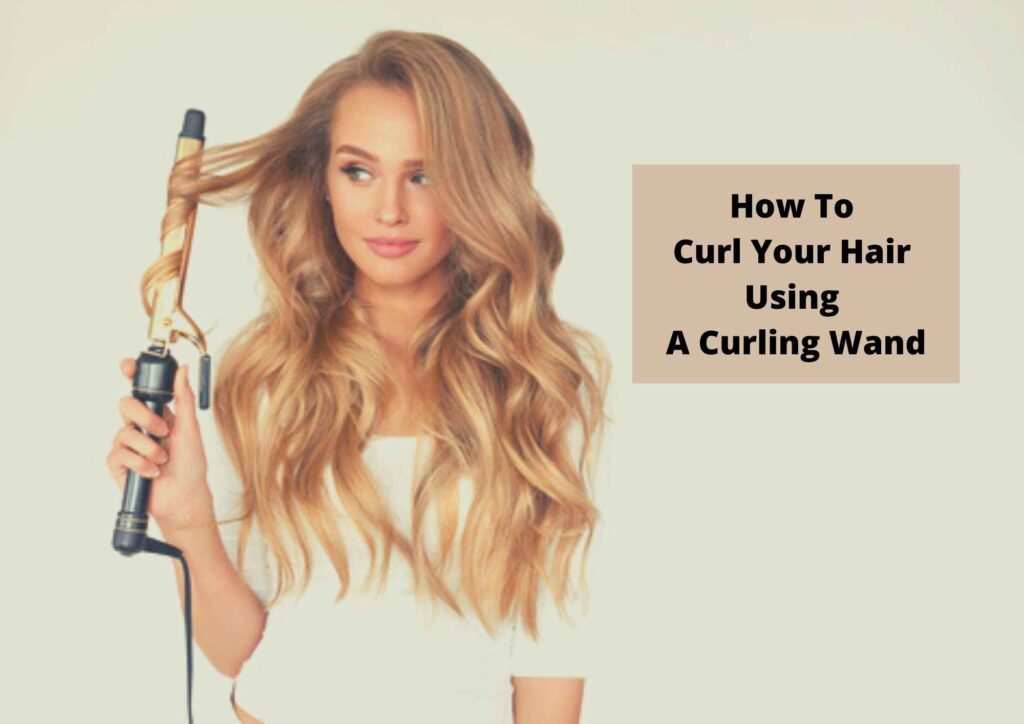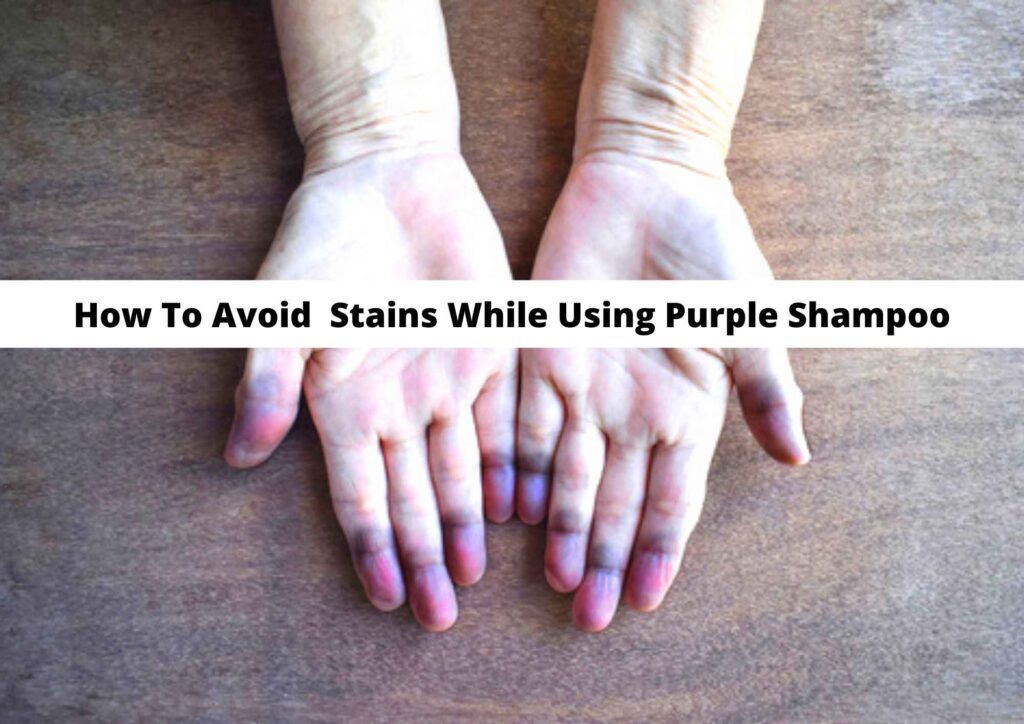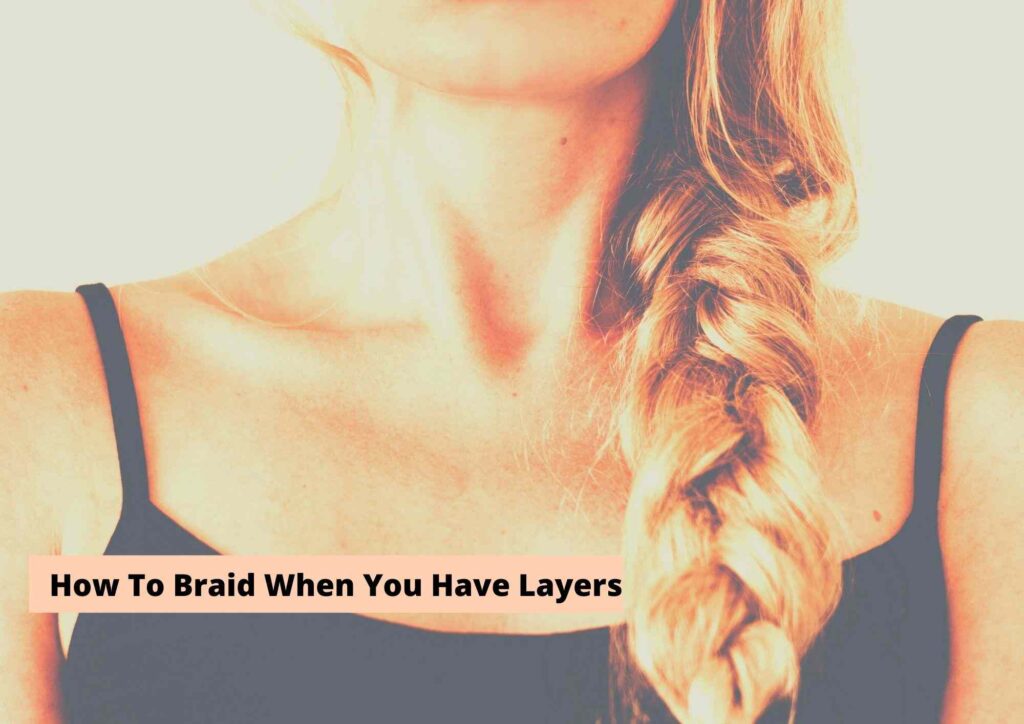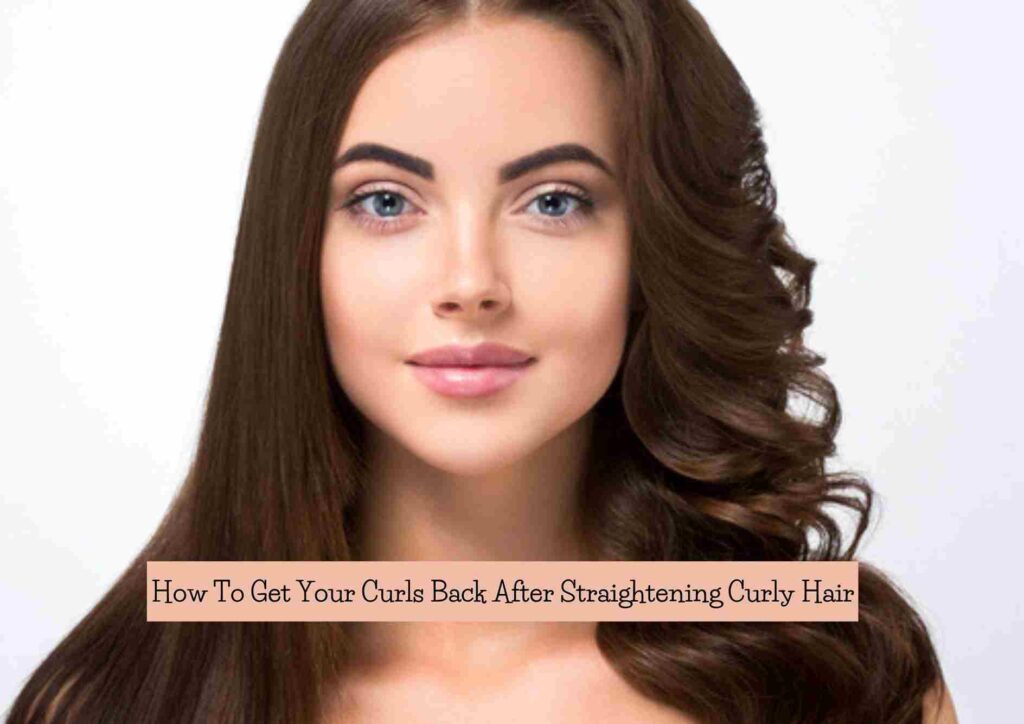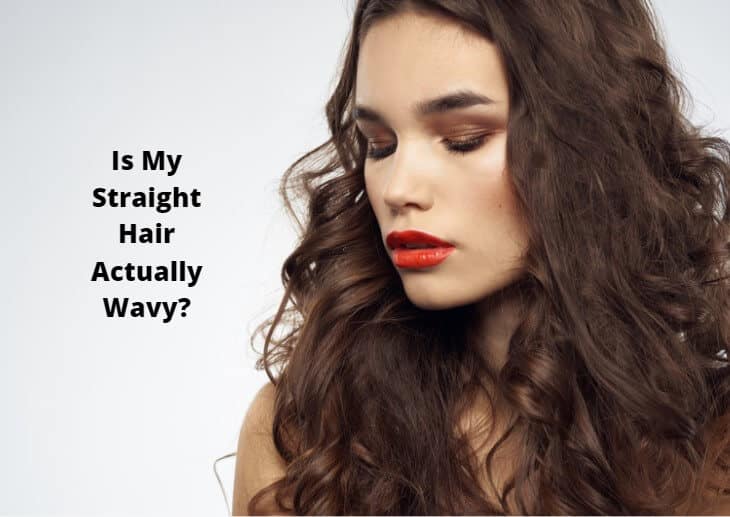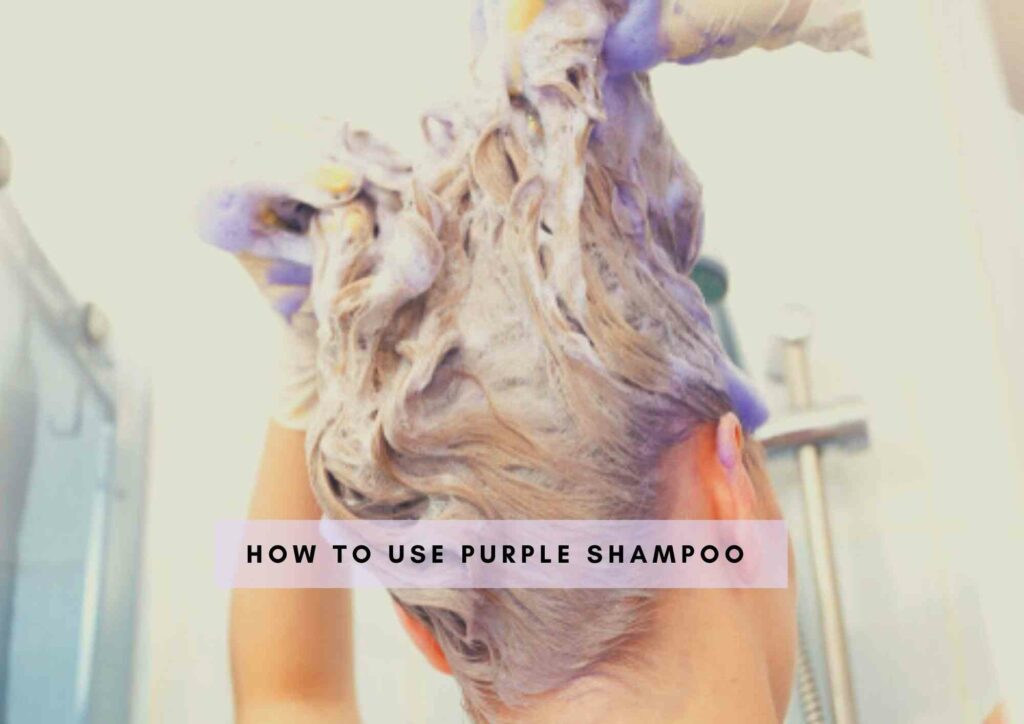What is your hair porosity and is there a test to accurately determine if your hair has low or high porosity? Well there is, check this article for more info!
Hair has different textures including fine, thick, or thin textures. And that there are also hair types, which sort your hair into straight, curly, wavy, or coily phenotypes.
But there is another way to classify your hair? And it’s hair porosity! It’s a major factor to consider when you are buying hair products or creating a hair care routine for yourself. However a lot of people do not yet know about hair porosity or what type of porosity their strands fall under.
So in this article, I thought I’ll clear the dust regarding hair porosity and also let you know about a simple (but accurate) test to check your hair porosity at home.
How To Find Your Hair Porosity Easily?
To easily determine your hair porosity, try the water test: fill a bowl with room temperature water and place a clean, shed strand of your hair on the surface. If the strand sinks quickly, you have high porosity hair, which absorbs moisture easily but also loses it quickly. If it floats for a while before sinking, your hair has normal porosity with balanced absorption and retention. If the strand continues to float on the surface, you likely have low porosity hair, which resists moisture and can be harder to process with hair treatments.
Key Takeaways:
- Hair porosity, a crucial factor in hair care, determines the hair’s ability to absorb moisture and products.
- You can determine your hair porosity using the water test: observing how a strand of hair behaves in a bowl of water.
- Low porosity hair resists moisture, while high porosity hair absorbs it quickly; normal porosity falls in between.
- A secondary test, the “Watershed test,” can provide further confirmation of your hair’s porosity.
- Low porosity hair requires deep conditioning treatments to enhance moisture absorption.
- High porosity hair benefits from heavy creams and oils to seal moisture and prevent frizz.
- Understanding your hair’s porosity helps tailor your hair care routine effectively, ensuring optimal moisture balance and overall hair health.
What Is Hair Porosity
Hair porosity refers to the degree to which the individual strands of your hair are permeable to water, air molecules, and products. It depends on the arrangement of hair cuticles on the strands.
If the cuticles are arranged very closely packed together, then the strands have less permeability and do not lose or gain moisture easily. This means you have low porosity hair.

However, if you have cuticles that are widely spaced apart then your hair accelerates water penetration or absorb products very quickly, and you will then be said to have high porosity hair.
Your hair porosity doesn’t depend on your hair texture or type. Both straight hair and 4c, coily hair can have low porosity. It all comes back to the position of hair cuticles on your strands.
Related: What Is Hair Elasticity
Accurate Hair Porosity Test 1 – The Float Test
Here is how I determined my hair porosity. This simple but accurate test is called the float test and here’s how you go about it.
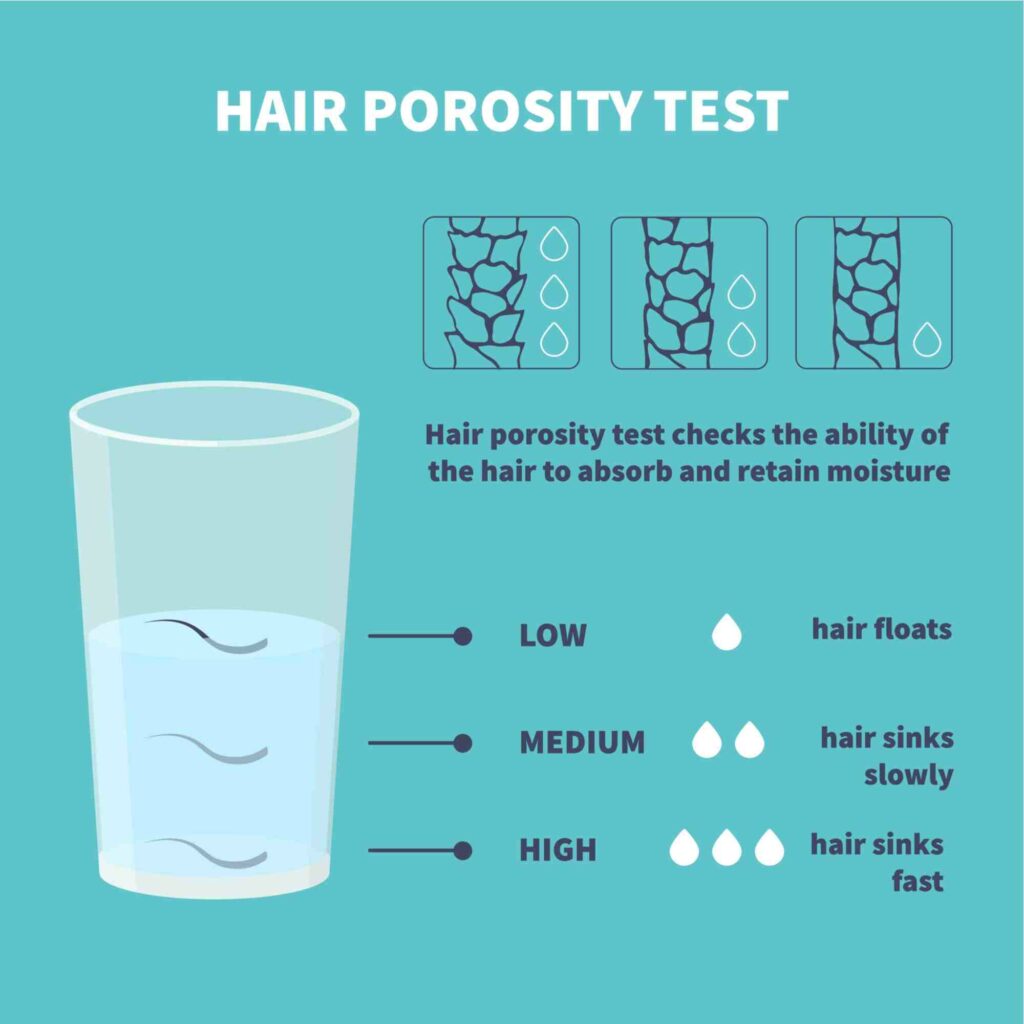
Step 1: Shampoo your hair with a mild, sulfate free shampoo and rinse with cool water thoroughly
Step 2: Let your hair air dry naturally without the aid of any blow drying or towel drying.
Step 3: Pluck out a few of your strands from the top of your head.
Step 4: Gently drop these strands into a glass full of water
Step 5: Observe where the strands stop after a few seconds.
- If the strands stay floating at the top of the glass, then this means you have low porosity hair.
- But if your strands sink to the bottom of the glass immediately, then you have high porosity hair.
- There is a third result where your strands do sink to the bottom but after a while. This will tell you that you have medium hair porosity.
Note: For this test, I really recommend washing your hair beforehand as product or grease buildup on hair can make it float and interfere with the test. So you might end up thinking you have low porosity hair when it’s not the case. Also, do not use harsh shampoos or towel dry hair roughly as this will cause hair cuticles to open, also interfering with the test.
Accurate Hair Porosity Test 2 – The Watershed Test
If you want to be super, super sure about your hair porosity and are still skeptical about the float test results, I’ve got another test you can try.
This one is called the “Watershed test” and tests hair’s ability to absorb water to determine its porosity.
In this test, you need to take a spray bottle full of water and try to soak one section of your hair.
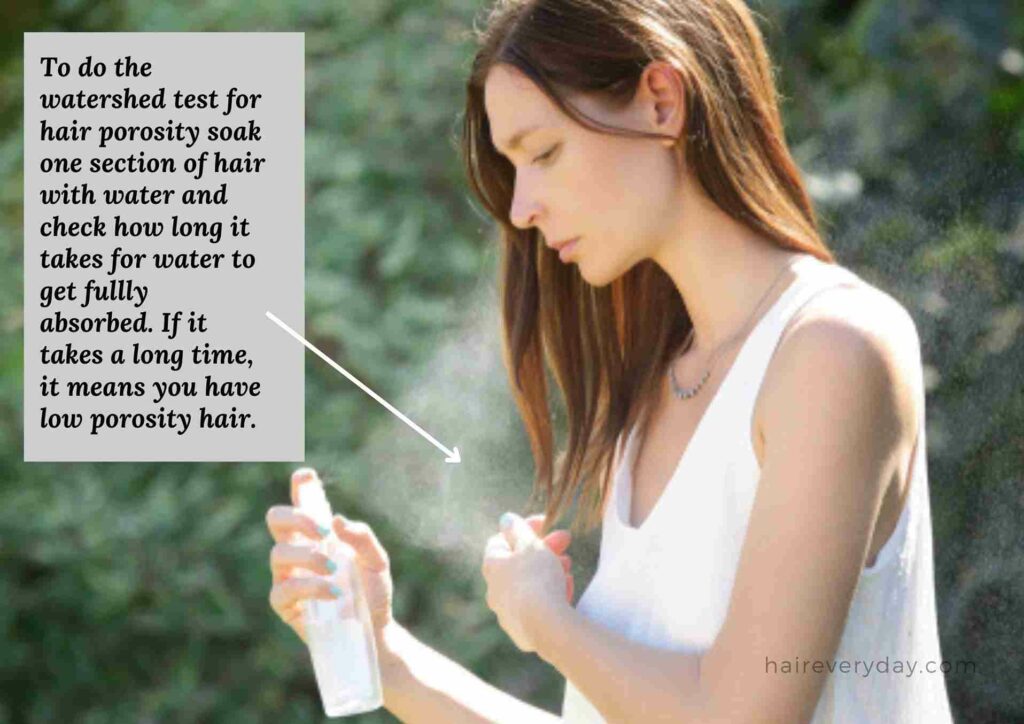
See how long it takes for the water to get fully absorbed by the hair. If it takes a long time (which is roughly more than 60-120 seconds) then you might have low porosity.
And if the water is absorbed quickly into your strands, then you have high porosity hair.
I suggest using this method only as a confirmation test and not the only method to check hair porosity.
There is no fixed period or point to which you can refer to check if your hair is indeed taking a “long” time to absorb water or not. It’s just subjective.
So use it in addition with the float test to determine hair porosity.
Taking Care of Low Porosity Hair
According to the tests above you can either have low porosity hair, high porosity hair or medium porosity hair.
If you have low porosity hair, it means that your hair’s cuticles lie flat and tightly packed amongst one another, preventing absorption or dissipation of moisture. Here are some low porosity hair characteristics:
- Low porosity hair doesn’t get frizzy too quickly
- It can, however, get too greasy and lanky due to product buildup on the strands
- You will have to use a lot of product and yet conditioners, gels, creams, etc. do not have the desired effect on low porosity hair
- The best way to moisturize low porosity hair is a deep conditioning treatment using heat
- This hair type repels moisture so it takes a long time to get wet and then a similarly long time to dry
- Low porosity hair needs products that add moisture to the strands and do not just simply lock in existing moisture.
- So emollients like hyaluronic acid, glycerin, grapeseed oil, argan oil, etc. are fantastic for low porosity hair as they increase hydration.
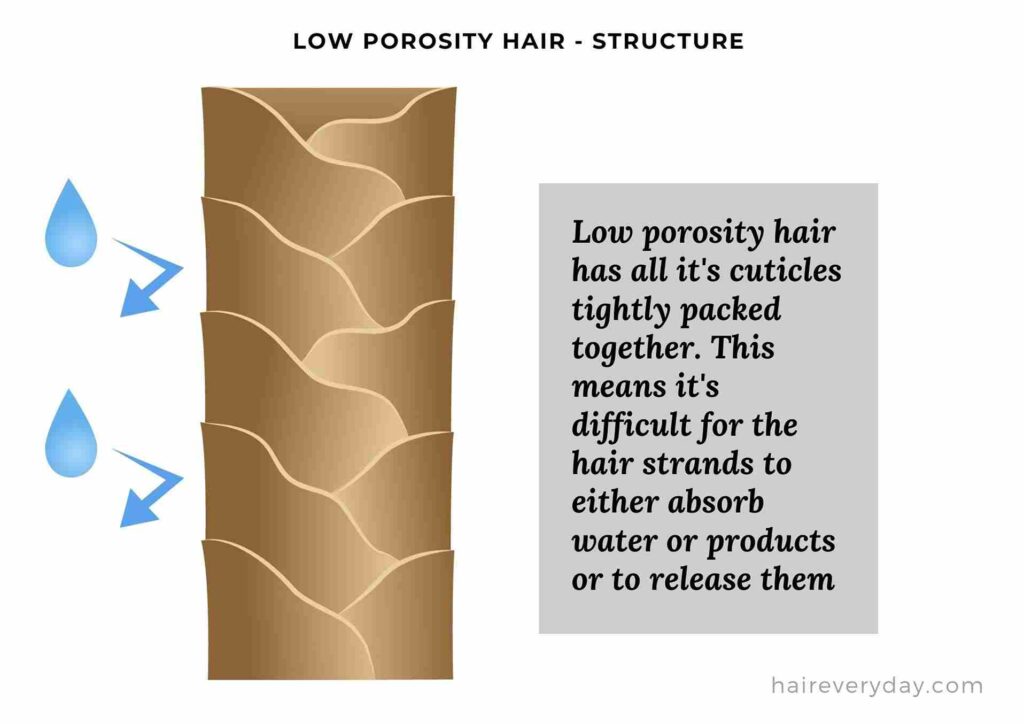
Taking Care of High Porosity Hair
If your hair sinks to the bottom of the glass in the float test, this means you have high porosity hair. In this hair type, the cuticles are raised and open, and maybe even chipped or damaged.
This will increase the permeability of strands and allow moisture/products to flow freely to and from the strands. Some characteristics of highly porous hair include:
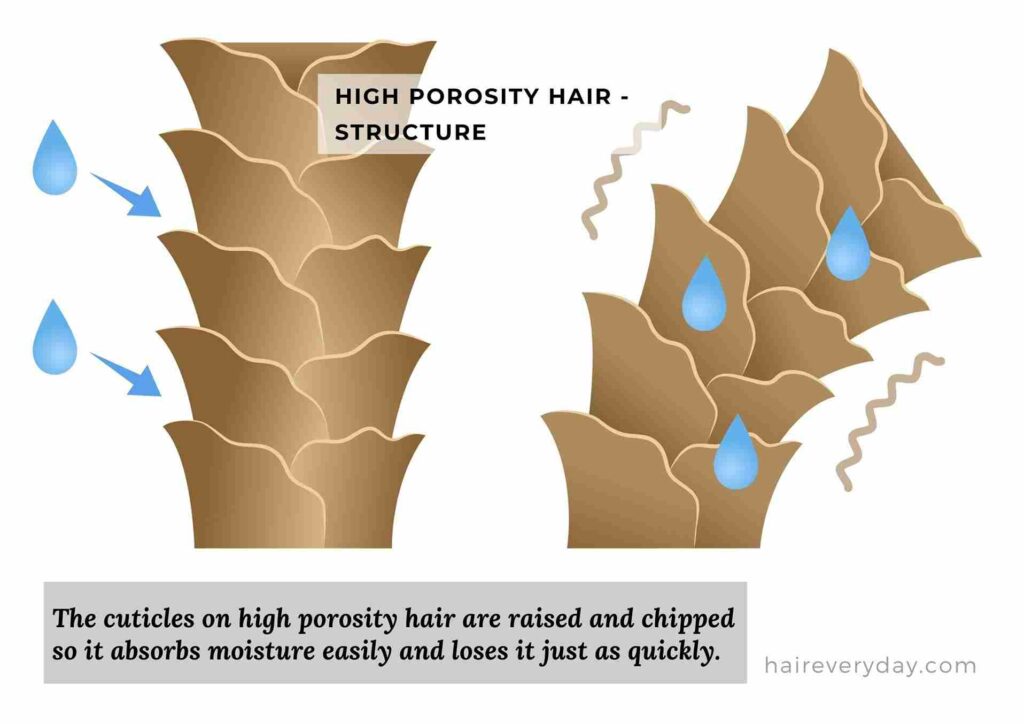
- High porosity hair can absorb hair products, oils, creams, and even dyes very quickly as the cuticles are open. They also tend to lose moisture just as quickly.
- The structure of cuticles and constant change in hair moisture levels makes high porosity hair very prone to frizz.
- This hair type benefits a lot from heavy creams and butters including coconut oil, shea butter, cocoa butter, castor oil, etc.
- You should also use a lot of occlusive hair products like vaseline or mineral oil to seal moisture inside highly porous hair.
Why You Should Trust Haireveryday?
The author of this article, Leah Marie Priest has a degree in Cosmetology with years of experience in dealing with hair care, scalp care, and hairstyling. As someone who extensively deals with all kinds of hair textures, products, styling methods and more, hair Leah Marie knows what kind of products and procedures suit each hair type and person. We have also tested these hair products and processes ourselves to provide you an unbiased review about every product. Each of our articles are also reviewed by a team of medical professionals so that you get the most accurate and expert-reviewed information.
FAQs about Hair Porosity
Does frizzy hair mean high porosity?
Yes. Sometimes, highly frizzy hair can be an indicator of high hair porosity. Your hair is said to be highly porous if the cuticles are arranged widely apart or are raised allowing moisture/hair products, etc. to easily enter or escape the strands.
This feature, along with the raised texture of hair cuticles, can contribute to high porosity hair becoming frizzy easily.
Is high porosity hair good?
There is no good or bad when it comes to hair porosity. Both low and high porosity hair have its advantages and disadvantages. High porosity hair is good sometimes as it can easily absorb oils, hair dyes, moisturizers, etc. So you can nourish hair easily and not use a lot of products either.
However, the same high porosity hair can cause dissipation of moisture easily from hair. So this type of hair tends to get dry and frizzy easily too.
What are signs of low porosity hair?
Low porosity hair has cuticles tightly layered one on top of the other, so any product or moisture has a hard time penetrating your strands. So this hair type tends to retain products outside, causing buildup and greasy hair.
Another sign of low porosity hair is that conditioners/creams/products never seem to work with your tresses unless you use heat to activate them.
Low porosity hair is also very difficult to dry once you manage to get it wet. Your hair might even feel sticky after washing. So if you spend hours after showering air-drying your hair then it might be a sign that it’s not porous enough.
How often should you wash low porosity hair?
You need to wash low porosity hair more often than high porosity hair as the former is prone to product buildup and greasiness. This is because low porosity hair doesn’t absorb products well and any oils or conditioners you use tend to sit on the hair unless heat is used.
I recommend washing low porosity hair at least 3-4 times a week. And also don’t forget to use a clarifying wash once a week or fortnight to add volume to low porosity hair.
Is coconut oil good for high porosity hair?
Yes absolutely! Coconut oil is like the holy grail for high porosity hair. It’s very rich and nourishing and an excellent occlusive (something that seals moisture inside). So using coconut oil on hair will prevent hair from losing hydration too quickly.
It also prevents hygral fatigue in high porosity hair by allowing water molecules to penetrate strands slowly and not flow in at once.
Summary on Hair Porosity
I hope this article helped you realize how important hair porosity is when it comes to selecting hair care or styling products or creating a routine for your tresses.
The hair floating test is by far the simplest way to determine hair porosity. But make sure you shampoo, rinse and dry hair before doing this test as product buildup on strands can falsely make it seem like you have low porosity hair when it’s not the case.
And after you determine your hair porosity you can know how to care for hair better.
If you have low porosity hair you can go for low oils, deep conditioning treatments, hydrating hair serums, etc. to force it to accept moisture.
And if you have high porosity, you can use heavy oils, creams, butters, and occlusives to seal the moisture in your strands and prevent hair from getting frizzy.
Also Read:
Is Rice Water Good For Low Porosity Hair
Best Co Wash Products For Low Porosity Hair
Best Oils For Low Porosity Hair
Does High Porosity Hair Need Protein
Can I Use Shea Butter For High Porosity Hair
Is Shea Moisture Coconut And Hibiscus Good For Low Porosity Hair
Can High Porosity Hair Be Protein Sensitive
To Summarize

